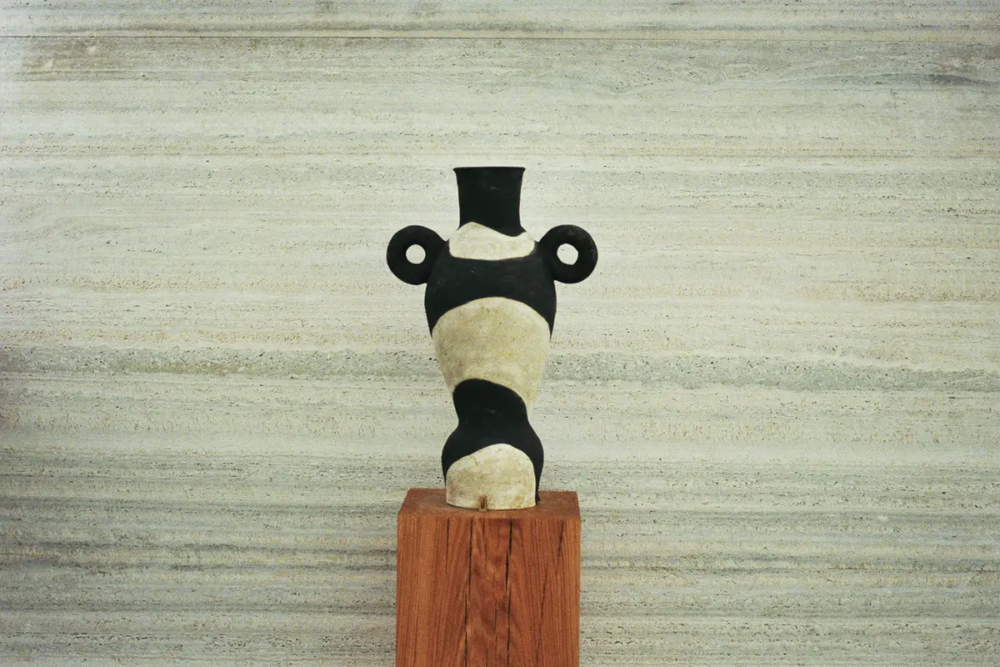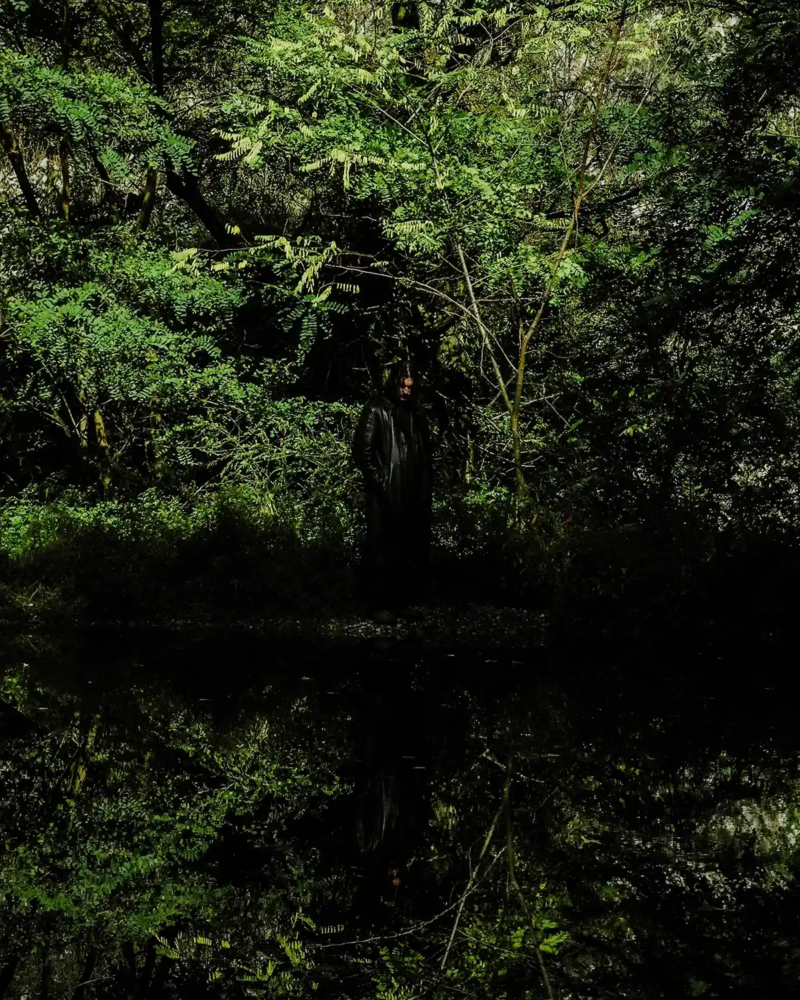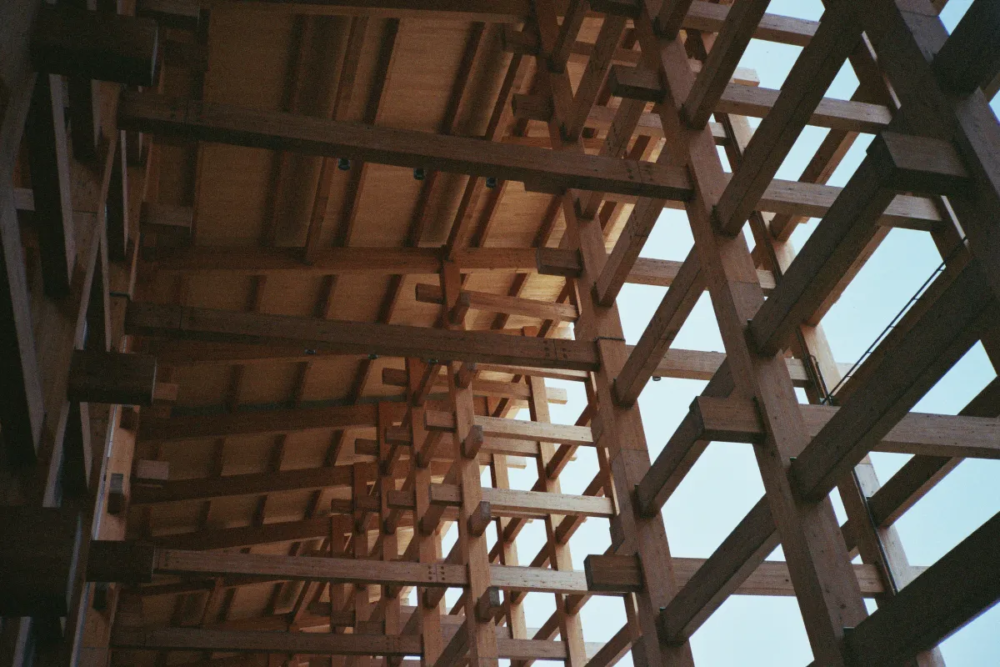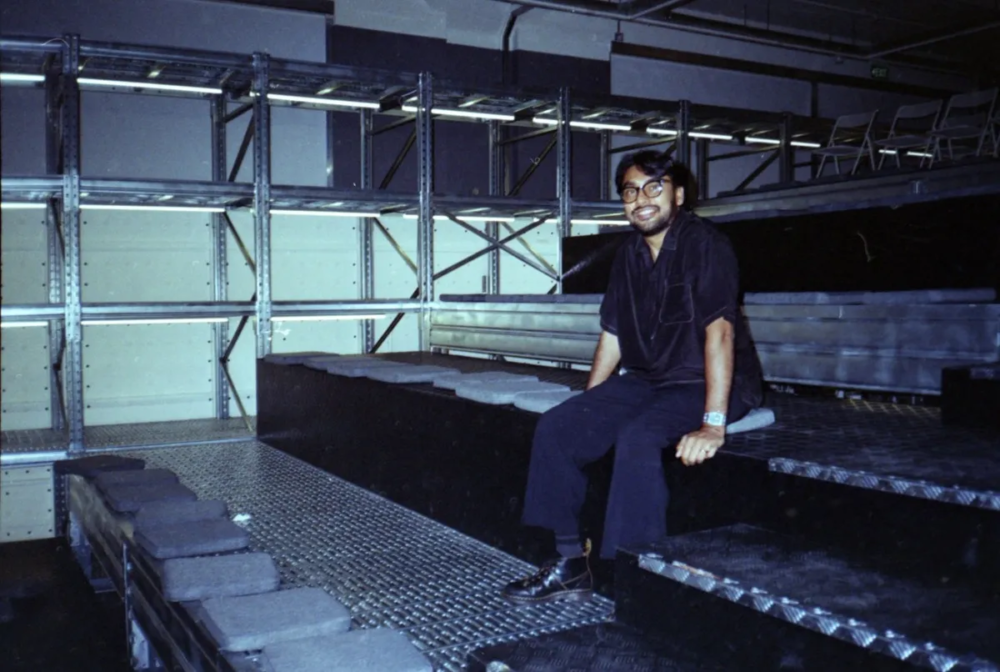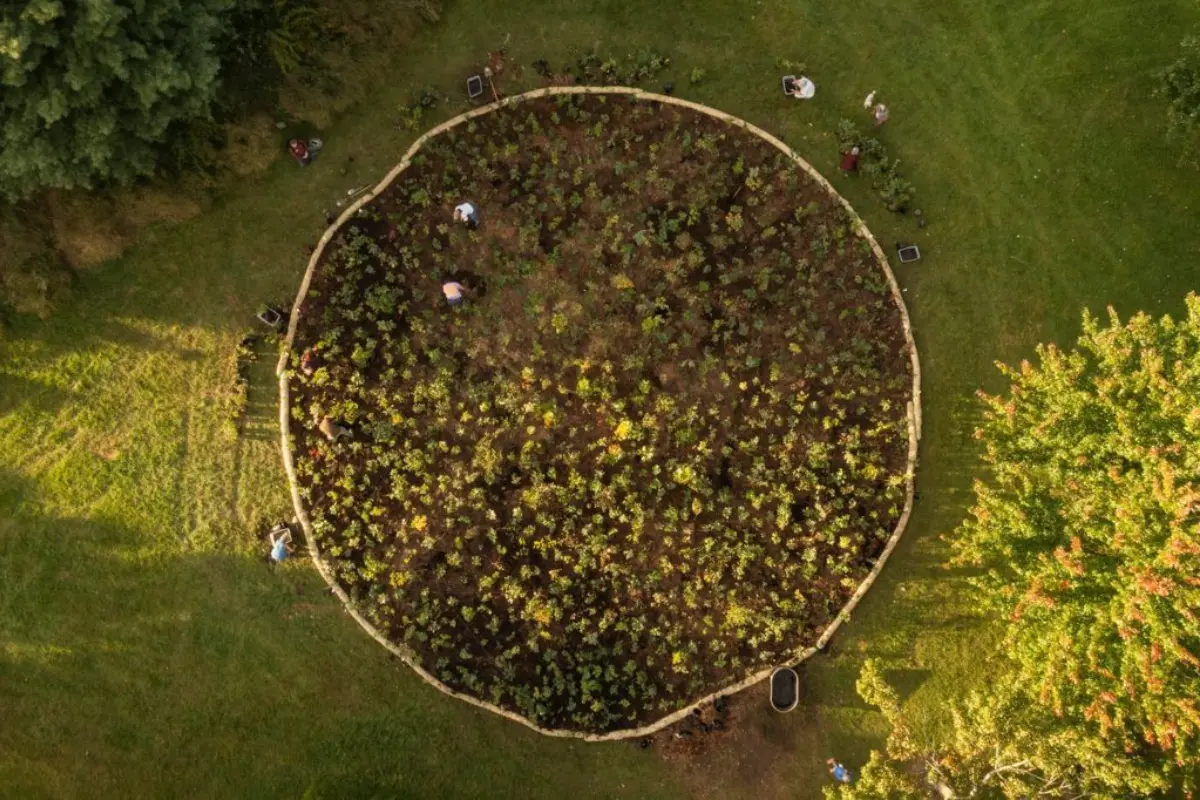
The Miyawaki: greenify urban sites
The concept of urban planning needs to take climate change into account: urban forestry initiatives adopting the Miyawaki method to plant forests are spreading throughout Europe
Urbanized centres are responsible for 70% of CO2 emissions related to energy consumption: could the Miyawaki afforestation technique tackle the climate crisis?
Cities are epicenters of the climate crisis and, at the same time, laboratories for experimenting with change. Occupying only 3% of the Earth’s surface, cities are responsible for 70% of CO2 emissions related to energy. Currently, there are several projects aimed at placing people’s well-being at the center of the urban experience and counterbalancing the high density of cars with more greenery and trees, a factor that also positively influences the life expectancy of the population.
The Miyawaki method, a disciple of plant ecologist Miyawaki Akira, the originator of this technique, stands out as an innovative approach to forest planting, gaining worldwide recognition for its effectiveness in rapidly greening urban areas. By emulating natural processes to establish diverse woodland ecosystems, this method offers the possibility of restoring native forests within a few decades.
Forests play a pivotal role in absorbing carbon dioxide, making them indispensable in counteracting emissions as global efforts intensify towards achieving carbon neutrality. For example, Japan witnesses an increase in forested lands, attributed to the rewilding of once-managed areas like satoyama and secondary forests in rural farming regions due to population decline, green spaces within cities continue to diminish amidst urban expansion. In this context, it could be valid to explore the advantages of urban forestry and elucidating how cities can regenerate native tree stands using the Miyawaki method.
Miyawaki Akira was the inventor of hometown forests in Japan, 1972. What’s holding us from bringing nature back into the cities?
Miyawaki forest consists of four distinct layers – canopy, tree, sub-tree, and shrub – enhancing structural diversity and providing habitats for a wide range of wildlife species, thereby bolstering overall ecological resilience. Compared to traditional reforestation methods, the Miyawaki method offers several advantages. Plants thrive when densely planted, leading to accelerated growth rates. Consequently, forests can reach maturity within 10 to 20 years, a stark contrast to the 100 to 200 years required by conventional methods. This expedites the maturation process, particularly advantageous for urban areas seeking to rapidly establish canopy cover and enhance biodiversity.
The inaugural application of the Miyawaki method took place in 1972, when he planted a forest at the Nippon Steel Corporation’s facility in Ōita Prefecture. This initiative evolved into the establishment of “hometown forests” at various locations across Japan, following a publication in 1974 outlining his approach, which emphasized the restoration of native forests in educational institutions.
Since its inception, Miyawaki’s technique has garnered attention from experts worldwide, leading to numerous studies and publications exploring its efficacy. Notably, the Institute for Global Environmental Strategies Japanese Center for International Studies in Ecology recently released a report, adding to the substantial body of literature on this subject. Over the past five decades, the Miyawaki method has been employed in restoring forests globally, with around 900 projects in Japan alone and over 300 initiatives spanning regions like Southeast Asia, the Amazon, Chile, and China, including efforts to rehabilitate coastal forests devastated by the 2011 tsunami triggered by the Great East Japan Earthquake.
Urban forestry – the solution to the climate crisis? The Miyawaki method in Poland: Greenifying Warsaw and the first dense micro-forest in Poland
Plac Trzech Krzyzy in Warsaw is an example of urban forestry and reorganizing green spaces in urban centers. Asphalt surfaces closed to car traffic have been replaced with a pedestrian island and green areas, making the area more pleasant, making sure that the historic profile of the square was not altered. “Greenifying Warsaw” is one the capital’s main challenges, as it has committed to identifying areas for developing green infrastructure since joining the EBRD Green Cities project – the primary urban sustainability program of the European Bank for Reconstruction and Development.
The inaugural Miyawaki forest in Poland is set to be established in Rozwarowo, Zachodniopomorskie Voivodeship, as early as October, marking the debut of the first Miyawaki forest in the country. The area in Rozwarowo is larger than the minimum requirement, and the plan is to plant 4500 native tree and shrub species across 1500 square meters. Adjacent to this forest, a Treeducation Centre, dedicated to ecological education, will also take root.
The introduction of these initiatives has the potential to decrease CO2 emissions by up to 1 million tonnes, as projected by a benchmark analysis conducted by experts from Arup and C40 Cities. These initiatives include urban greening initiatives, expanding tree-lined streets and cycling infrastructure, as well as the restoration of natural habitats such as the Wawer meander, a scenic marshland and meadow region situated in the southeast of the city.

The Miyawaki method in Paris, France: The tree-planting initiatives by Boomforest to aid climate
Paris is among Europe’s most densely populated cities and extensively paved. The necessity for more spaces fostering natural cooling effects to enhance resilience against frequent summer heatwaves is concerning, in a way that most experts have targeted as an “impellent challenge” to not fail onto establishing a livable environment in the city. With its cultural and material abundance, Paris draws people from around the world. In addition to its 2.2 million inhabitants, millions of tourists flock to the city each year.
The inaugural project of the first Miyawaki forest in France took root in March 2018 alongside a bustling four-lane thoroughfare, where the dense foliage serves to mitigate noise pollution and purify the air for the neighbouring community. On planting day, 40 individuals gathered to introduce 31 species of saplings into the enriched soil, prepared with compost sourced from local horse stables. In a neglected corner of the eastern outskirts of Paris, adjacent to the notoriously congested periphery ring road, a lush thicket comprising over 30 species of trees and plants, including willows, elms, oaks, limes, and poplars is now thriving.
Enrico Fusto and Damien Saraceni, founders of Boomforest, secured funding through Paris’ participatory budgeting initiative, which allots 5% of the city’s budget based on residents’ suggestions. Proposing the concept of miniature forests, they aimed to augment the city’s tree coverage, currently below 10%, lagging behind numerous other metropolises.
Urban forestry – Anderlecht, Belgium: the widest urban lung of the country provided by Unity Forest
Formerly occupied by a Christmas tree plantation, the expansive Bon Air site, located near the western boundary between Brussels and Flanders, has undergone a transformation into a participatory ecological zone, set to become Belgium’s largest urban forest. In 2022, residents of Brussels had the opportunity to participate in tree planting activities, aiming to establish Belgium’s largest urban forest in Anderlecht.
The Redouté-Peiffer Institute, spearheading the project, adopted the Miyawaki technique to facilitate accelerated tree growth, aiming to establish the new forest. They planted approximately 8,400 trees across three hectares, expected to thrive at ten times the pace of traditional plantations.
The envisioned forest serves as an urban lung, anticipated to contribute to the restoration of environmental equilibrium in the city and enhance air quality over the next decade, aligning with regional government objectives, particularly in the realm of transportation policies. Presently, roughly one-fifth of the region’s land area consists of public green spaces, equating to approximately 26 square meters per inhabitant. The significance of expanding green areas has been underscored by the pandemic, particularly in municipalities like Anderlecht, where private gardens are scarce.
Urban forestry in Europe: the pros vs. the cons
In urban settings, miniature forests contribute to temperature reduction, providing both shade and a cooling effect on the surrounding atmosphere, while also acting as barriers against noise pollution. They rejuvenate the soil, enhance water absorption and foster biodiversity.
But there are also potential challenges associated with long-term success in reforestation endeavours. For instance, a study examining projects in South and Southeast Asia, revealed that 44 percent of trees had perished after five years. The authors emphasized the importance of considering the socio-ecological context and involving local communities in restoration initiatives. Failures may arise if such projects neglect community engagement or prioritize conservation over local livelihoods. Nevertheless, certain research indicates that Miyawaki’s reforestation method may not be universally applicable across all climates. A 2011 study conducted on the arid Mediterranean island of Sardinia reported a tree mortality rate ranging between 61 and 84 percent after 12 years.
The implementation of the Miyawaki method can be resource intensive, encompassing labour, materials, land, and energy. This can present logistical and financial hurdles, applicability concerns and problems tied with introducing non-native species or altering soil composition in any already existing ecosystem. In any way, even a small patch of green reclaimed from concrete can contribute to the fight against climate change, providing habitats for pollinating insects, absorbing CO2, as well as reducing noise and contributing to the reduction of urban temperatures.
Miyawaki Akira
Miyawaki Akira was a Japanese botanist and plant ecology expert renowned for his focus on seeds and natural forest ecosystems. He was the inventor of the Miyawaki method, a technique aimed at creating dense forests with native plants. It is now used worldwide for afforestation of densely urbanized centers.

